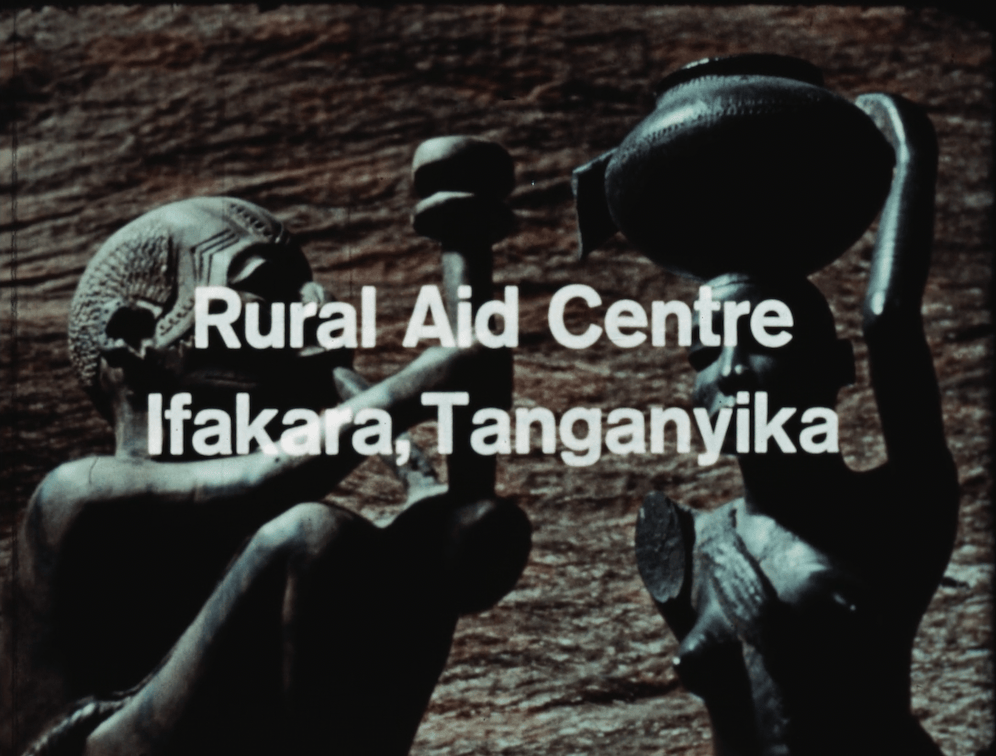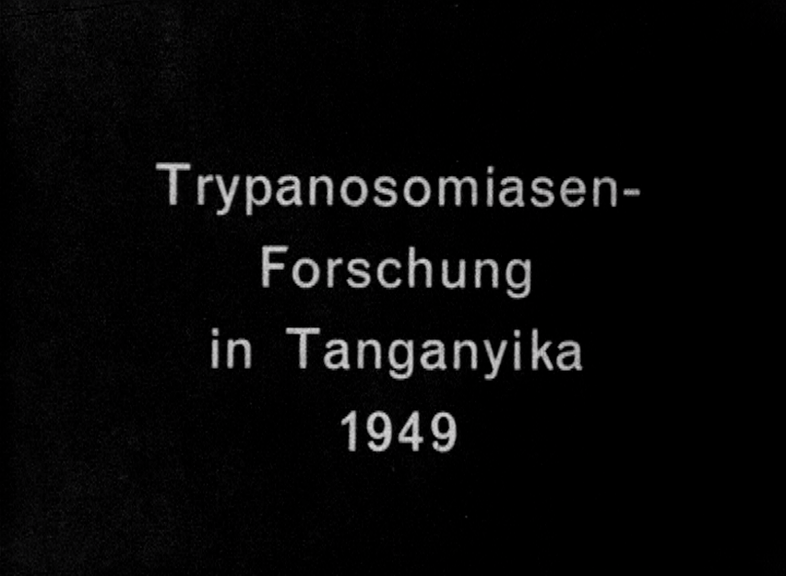Research Film Provenance
Research Film Provenance presents a way of conducting and publishing provenance research that fits the media characteristics of film. Digitized historical film material of the former Swiss Tropical Institute (now Swiss TPH) is annotated with archival material and commentaries by historians and artistic researchers. These annotations engage with, contextualize and reappropriate the partly sensitive visual material. They are supposed to invite mindful encounters with filmic representations of colonization and postcolonization.
Case studies

About
The 16 mm film collection of the former Swiss Tropical Institute (STI) in Basel consisted of roughly 50 films produced for research, teaching or documentation purposes, mainly in present-day Tanzania and the Ivory Coast between 1948 and the 1980s. A central figure for the making and distribution of these films was Rudolf Geigy, first director of the STI and Board member of the pharmaceutical company J.R. Geigy AG that later became Novartis. Most of the film reels are now housed at the Staatsarchiv Basel-Stadt. The collection includes films that present highly specialised research and focus on illnesses or medical interventions, while others depict local customs or landscapes. Some of the films also show experiments on people and animals. Furthermore, it is questionable whether the people depicted consented to the filming.
While these films can be considered interesting documents for researchers and the general public interested in the history of Tanzania or the Ivory Coast as well as the colonial history of Basel, its research institutions and its chemical industry, online availability of these films comes with many challenges. Research Film Provenance aims to invent a sensitive way of publishing these sometimes transgressive films by using video annotation. Placing the research on the historical provenance and significance of the films right next to the moving images shall avoid the risks of decontextualized circulation. Multiple perspectives from different experts that comment on the films are supposed to create a kind of counter-record to the images allowing for encounters with the challenging histories of colonization and postcolonial dependencies.
More specifically, two films of the STI collection have been annotated with two types of material. Firstly, with archive material and primary literature directly related to the film. This includes texts by the filmmakers or the people who appear in the film, as well as archival photos taken at the same place and around the same time as the film. Secondly, with commentaries by historians and artistic researchers from Tanzania and Switzerland, who contextualize, classify or aesthetically reshape the film according to their expertise.
Although the annotation is designed to fit a selection from the collection of the former STI in Basel, the project strives to serve as an example for archives and scientific institutions that currently digitise and publish vast amounts of audiovisual material. The project intervenes in current debates of an ethics of care for visual sources as well as attempts to operationalise the CARE Principles for Indigenous Data Governance for visual metadata and suggests that annotations can be a part of developing reparative strategies for the custodianship of archival film material.
With commentaries and contributions by
Giovanni Casagrande, MJ Chuhila, Mario Schulze, Alma Simba
Project Team
Mario Schulze (Project PI), Moritz Greiner-Petter (Design and Development), Giovanni Casagrande (Archival Research)
Funding and Support
Swiss National Science Foundation (Spark Grant: 220581)
Department of Media Studies, University of Basel
